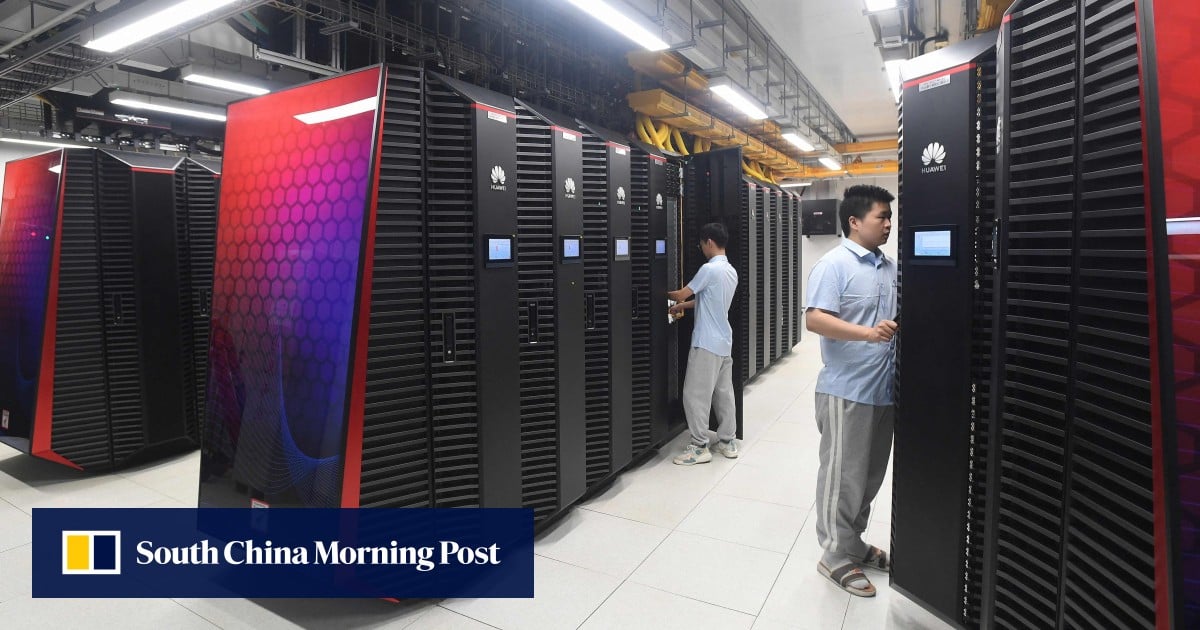“Frontier technologies and future industries represented by new materials, biopharmaceuticals, gene technology, and deep sea, air and space exploration, have created an unprecedented demand for computing power infrastructure.
“A unified computing system would optimise resources, lower costs and help the country to achieve breakthroughs in cutting-edge tech such as quantum information.”
To that end, it set up the NDA in October last year as both a promoter of the digital economy and a regulator of the booming data management sector.
The authorities have also signalled that it will be more tolerant of failure in science and technology to overcome its risk-averse culture and give younger researchers more room to explore ways to realise the national goals.
China is second only to the US in aggregated computing power, and aims to scale up its capacity by half by 2025.
China can win EV battery race if industry, academia cooperate: leading scientist
China can win EV battery race if industry, academia cooperate: leading scientist
The incentive to do so is clear. In a report released in August last year, Tsinghua University, International Data Corporation and Chinese big data provider Inspur said that for every percentage point gain a country made in the trio’s computing power index, the country’s digital economy grew by 0.36 per cent and its gross domestic product by 0.17 per cent.
The index is compiled to track the development of overall computing power, computing efficiency, applications and infrastructure in 15 sample countries.
It is designed to unite computing centres throughout the country to create a pool of general-purpose, intelligent and supercomputing power, and will be up and running by next year.

The project was launched in 2022 and is in part intended to address regional imbalances in digital resources – between the more prosperous areas of eastern China and the energy-rich west.
Liu said the project would also narrow the economic gaps between regions and attract more professionals to inland areas.
Local governments have started pouring money into the field.
Work began in Shenzhen in January to build a computing centre estimated to cost 466 million yuan in its first phase.
When completed, the centre will be able to process 1.6 billion images and 1.9 million hours of voice translation in one hour, making it the most advanced – and most expensive – operation of its kind in the Pearl River Delta region.
China must ‘tolerate failure’ in science and tech to close gap with US
China must ‘tolerate failure’ in science and tech to close gap with US
To improve the network’s efficiency, Liu warned that local governments should “avoid haphazard construction”.
Computing clusters throughout the country should be integrated to accelerate economies of scale, improve efficiency and cut costs.
And while concentrating computing power would make better use of resources, it would also raise security challenges, he said.
“There is urgency to strengthen the coordination of security systems of national hubs. We also have to prevent risks from regional network failures, power outages and extreme situations,” he said.
In addition, industry and academia should work together to advance electronics, communications and computer science, he said.





